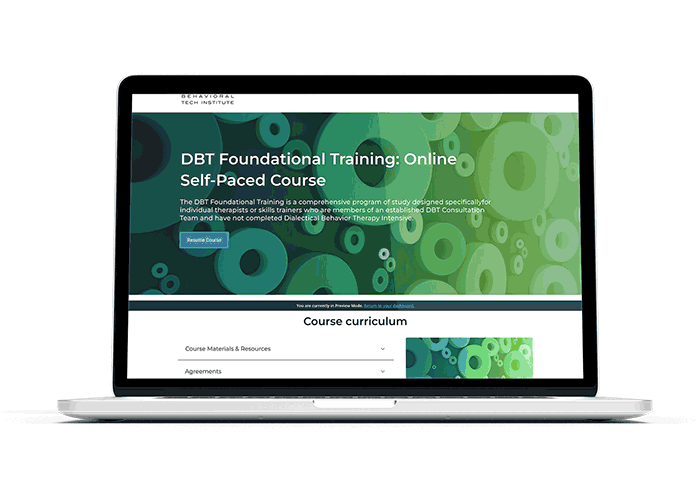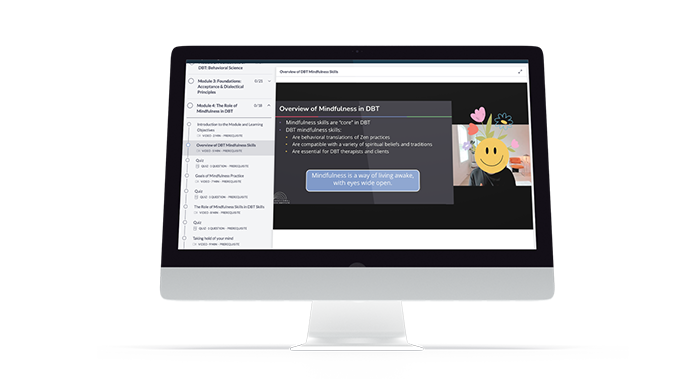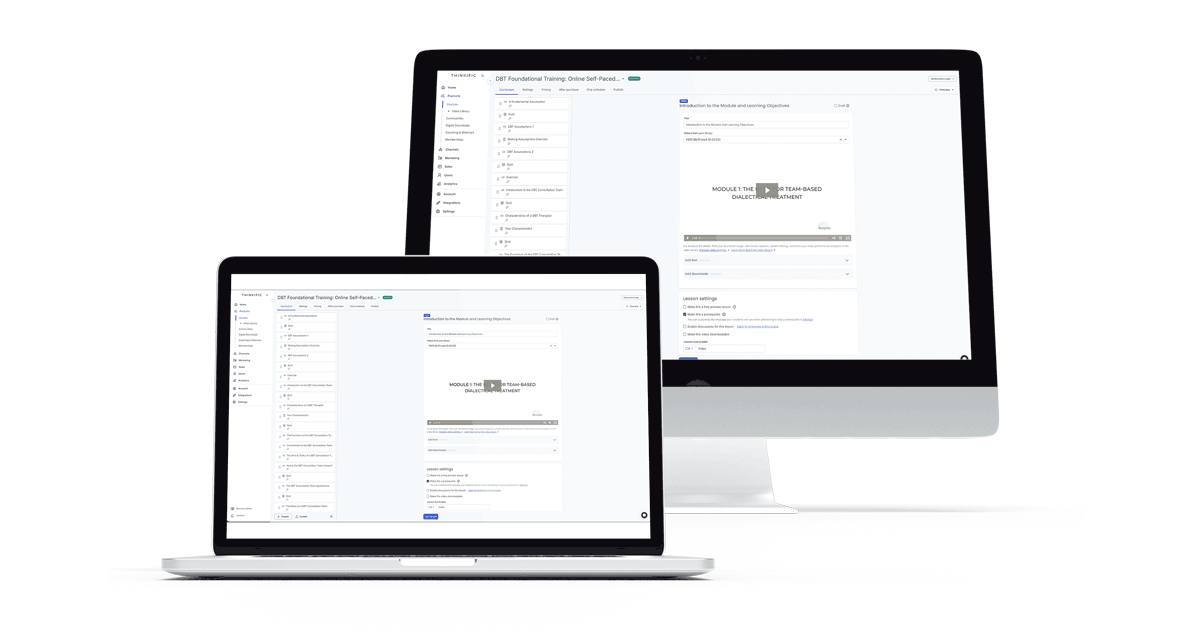One of my clients is a prominent Seattle-based training organization, BTECH, and they decided that they wanted to move into self-managed online video course via the Thinkific platform. This would necessitate a break with their previous partner, and also require the company to create a new course from scratch.
Over several months, the client provided me with recorded video, slide decks, and all of the associated documents and information to produce a 22 hour video-based course for their premiere product. We created the new brand identity for the course, along with all of the associated collateral and required elements to provide the client with a fully functional course that meets the standards for providing CE (continuing education) credits to qualifying enrollees.
Thinkific platform and other LMS products
The Thinkific platform is an online Learning Management System (LMS). It is used by many individuals and companies who want to develop a course style learning product that can be easily managed in-house after the buildout is complete. It is a robust, cloud-based platform that empowers individuals and small businesses to create, market, and sell online courses and memberships.
Using an LMS like Thinkific offers many advantages to those who would like to manage their users and platform post-build, but who do not have the experience or the time to learn how to construct and publish an entire course in a reasonable amount of time, making it a popular choice for monetizing a skillset, especially in the creative, educational, or consulting sectors. Thinkific provides a streamlined pathway to establish a sustainable online income stream without requiring extensive technical knowledge.

Some of the benefits of using Thinkific:
- user-friendly interface
- comprehensive course-building tools
- suite of marketing and sales features
Creating a successful self-paced video course on an LMS like Thinkific involves a blend of pedagogical planning, technical execution, and marketing strategy.
While Thinkific (or a competitor) provides the platform, the content and its delivery are the cornerstones of a valuable learning experience. Here’s a breakdown of the essential elements:
Defining Your Course and Audience:
Before diving into video production, clarity is paramount. Identify your target audience – their existing knowledge, learning goals, and pain points. This understanding informs the course’s scope, depth, and tone. Define clear learning objectives and structure the course into logical modules and lessons. Create a detailed outline, ensuring a smooth progression of concepts.
Content Creation and Scripting:
Write detailed scripts for your videos, ensuring clarity, conciseness, and engagement. Structure each video with an introduction, main content, and a clear call to action. Consider using visual aids, animations, and on-screen text to enhance understanding. If applicable, create supporting materials like downloadable worksheets, templates, or checklists.

Video Production:
Invest in quality video and audio equipment. While professional-grade gear isn’t always necessary, clear visuals and crisp audio are crucial. Choose a well-lit environment with minimal background noise. Consider using a screen recording software for tutorials and demonstrations.
Edit your videos to maintain a consistent pace and remove any unnecessary pauses or errors. Incorporate your brand elements, such as logos and colors, to create a professional look.
LMS Setup and Course Building:
Thinkific simplifies the process of uploading and organizing your course content. Utilize the platform’s drag-and-drop course builder to create modules and lessons. Upload your videos, PDFs, and other resources. Design engaging quizzes and assignments to assess student learning and provide feedback. Customize the course player and landing page to reflect your brand identity.
Student Engagement and Support:
Foster a sense of community by encouraging interaction and discussion. Utilize Thinkific’s discussion forums or integrate with external communication tools. Respond promptly to student questions and provide constructive feedback on assignments. Consider offering live Q&A sessions or office hours to address student concerns and provide additional support.
Marketing and Promotion:
Develop a comprehensive marketing strategy to attract students to your course. Utilize Thinkific’s built-in marketing features, such as coupons and free trials. Create compelling sales pages and landing pages that highlight the benefits of your course. Leverage social media, email marketing, and content marketing to reach your target audience. Consider running paid advertising campaigns to expand your reach.
Feedback and Iteration:
Gather feedback from your students and use it to improve your course. Regularly analyze student progress and identify areas for improvement. Stay updated on industry trends and incorporate new information into your course. Continuously iterate and refine your course based on student feedback and performance data.
Legal and Technical Considerations:
Ensure that your course content is original and does not infringe on any copyrights. Comply with relevant data privacy regulations, such as GDPR and CCPA. Test your course thoroughly on different devices and browsers to ensure a seamless learning experience. Provide clear instructions on how to access and navigate the course platform.
Bottom line – you CAN build a course that will generate ongoing revenue using Thinkific or similar that will generate ongoing revenue and require very little maintenance on your part.
This project has a LOT of video – 22 modules in total – and required very specific editing in order to meet the standards required to award CE credits to those who qualified. Most new LMS creators start with a smaller core product and expand as their user base grows. We can work with any level of production.
